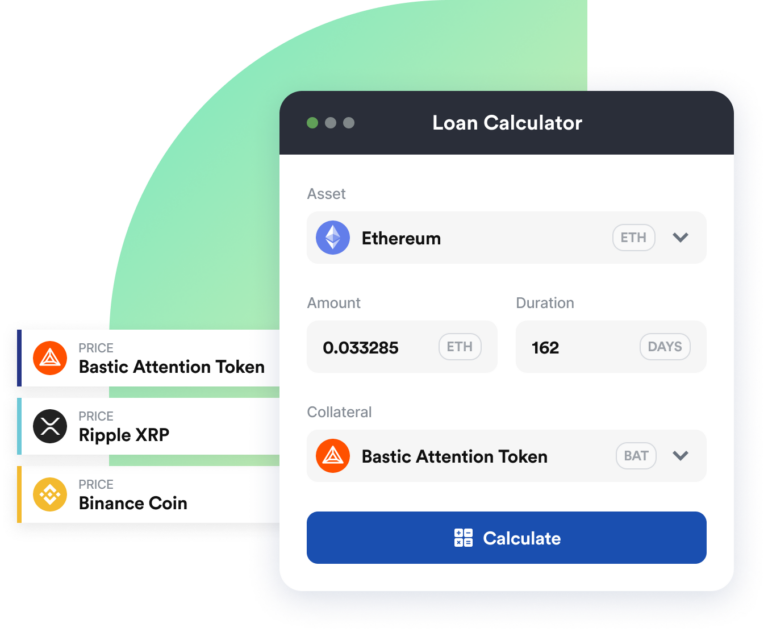In the rapidly evolving digital world, cryptocurrencies and decentralized finance (DeFi) are altering the face of finance. More importantly, they are creating new avenues for wealth creation. So, how do you cash in on this revolutionary financial wave? Let’s unpack this!
Understanding Decentralized Finance (DeFi)
Decentralized Finance, often referred to as DeFi, is a shift from traditional, centralized financial systems to peer-to-peer finance enabled by decentralized technologies built on Ethereum and other blockchain platforms. It aims to democratize finance by eliminating intermediaries and allowing individuals to control their wealth.
Benefits of DeFi
DeFi has many advantages over traditional finance. The biggest one being accessibility. As long as you have a smartphone and internet connection, you’re eligible to participate in the DeFi ecosystem, regardless of where you live.
How Cryptocurrencies Fit Into DeFi
Cryptocurrencies are the heart of DeFi. They are the means by which value is transferred within the DeFi ecosystem. This is facilitated by smart contracts, self-executing contracts with the terms of the agreement directly written into code.
Popular Cryptocurrencies in DeFi
Ethereum is the leading cryptocurrency in the DeFi space. Other prominent cryptocurrencies include Chainlink, Compound, Uniswap, and Dai, which all offer unique features that contribute to the versatility of DeFi.
Passive Crypto Income with DeFi
There are several methods to earn money in the DeFi world. It’s not just about buying low and selling high. DeFi opens up possibilities for earning interest on your assets, farming yield, providing liquidity, and staking.
Yield Farming
Yield farming, one of the most popular methods of earning money in DeFi, involves leveraging the power of your cryptocurrency assets to generate high returns. In yield farming, you lend your assets to others through a DeFi protocol. As a lender, you receive interest on the assets you’ve lent out. The interest is typically paid in the form of tokens.
A crucial element in yield farming is ‘pools’, which are essentially smart contracts that hold funds. When you contribute to a pool, you get LP (Liquidity Provider) tokens in return. You can use these LP tokens to earn rewards.
However, it’s essential to remember that yield farming can be complex and risky. Understanding the protocol you’re farming on and the overall market conditions is critical.
Liquidity Mining
Liquidity mining is similar to yield farming, but with an added twist. When you lend your assets to a protocol, you are rewarded with governance tokens. These tokens represent a sort of voting share in the protocol.
The more liquidity you provide, and for longer periods, the more tokens you earn. These tokens have intrinsic value because they can be used to vote on decisions that affect the protocol. You can also sell these tokens on a decentralized exchange.
For instance, if you provide liquidity to a Uniswap trading pair, you earn UNI tokens. Remember, providing liquidity does have its risks, such as impermanent loss.
Staking
Staking is another popular way to earn money in DeFi. If a cryptocurrency network is based on the Proof of Stake (PoS) consensus algorithm, you can stake your coins.
In simple terms, staking involves locking up your tokens in a network to help secure it, participate in governance, and earn rewards. The more tokens you stake, and the longer you lock them up, the more rewards you can earn.
How to Start Staking
Getting started with staking is relatively simple. First, you need to decide which blockchain network you want to support by staking. Next, you need to buy the native token of that network. Then, hold the tokens in a wallet that supports staking. Lastly, you’ll have to commit your tokens to the network for staking.
For instance, if you were to stake on the Ethereum network, you would buy Ether, store it in an Ethereum-compatible wallet, and then commit your Ether to the network. You would then start earning staking rewards.
But remember, staking also comes with its risks. The value of staked tokens can fluctinate, and some networks impose ‘lock-up’ periods, where staked tokens cannot be accessed for a set period. Always make sure to thoroughly research and understand the staking process and its potential risks.
Pros and Cons: Is DeFi the Future?
The ongoing growth and development of DeFi are creating new opportunities for investors. However, like any innovation, DeFi has its pros and cons. As we consider whether DeFi is the future of finance, it’s essential to evaluate both sides of the coin.
Pros of DeFi
- Financial Inclusion: DeFi has the potential to bring financial services to millions of unbanked or underbanked individuals worldwide. With an internet connection and a digital wallet, anyone can access DeFi platforms and start investing, earning interest, and borrowing or lending assets.
- Openness and Transparency: DeFi is built on blockchain technology, renowned for its transparency. Every transaction is recorded on the blockchain, allowing for full auditability of financial activities.
- High Yield Potential: DeFi often provides significantly higher yields than traditional financial institutions. This is particularly appealing in the low-interest environment that characterizes many economies.
- Full Control of Assets: In DeFi, you have complete control over your assets. Unlike traditional finance, where your assets are held by a bank or other institution, with DeFi, your assets are typically stored in a secure digital wallet to which only you have access.
Cons of DeFi
- High Risk: As mentioned previously, DeFi comes with substantial risk. Price volatility, smart contract failures, and impermanent loss are just a few examples. It’s important to understand these risks and invest responsibly.
- Lack of Regulation: DeFi’s current lack of regulation is a double-edged sword. On the one hand, it allows for rapid innovation. On the other hand, it can lead to increased risk and little recourse for investors if things go wrong.
- Technical Barriers: Using DeFi requires a certain level of technical knowledge and comfort with blockchain technology. While this is improving with user-friendly platforms, it can still pose a significant barrier to entry.
- Scalability Issues: DeFi currently faces scalability issues. As more users join the network, transactions can become slower and more expensive.
In conclusion, DeFi holds significant potential and is likely to play a vital role in the future of finance. However, it’s not without its challenges. Continuous development and regulation will be key to overcoming these challenges and realizing the full potential of DeFi. As always, potential investors should proceed with caution, thorough research, and due diligence.
Risks and Precautions
Investing in DeFi, like any other form of investment, comes with its share of risks. It’s crucial to understand these risks before you start putting your money into DeFi protocols.
Understanding the Risks
DeFi protocols rely heavily on smart contracts. These are automated contracts that execute transactions when certain conditions are met. While smart contracts eliminate the need for intermediaries, they are also vulnerable to bugs and hacking. If a hacker exploits a loophole in a smart contract, they can drain funds from the protocol, causing significant losses to investors.
Price Volatility
Cryptocurrencies are notorious for their price volatility. Rapid and significant price changes can impact the value of your investment in DeFi protocols. For instance, if you’re staking a token and its price drops significantly, the value of your stake (and your potential rewards) will also decrease.
Impermanent Loss
When providing liquidity in DeFi protocols, there’s a risk known as ‘impermanent loss.’ This happens when the price of your deposited tokens changes compared to when you deposited them. The larger this change, the more significant your impermanent loss.
Liquidity Risk
DeFi often promises high returns, but there’s also a risk that you may not be able to withdraw your investment when you want. This could happen if too many people try to withdraw their funds at once, or if a protocol suffers a smart contract failure.
Regulatory Risk
The DeFi space is still largely unregulated, which can be a double-edged sword. While it allows for innovation and openness, it also means there’s little protection for investors. Governments could also decide to crack down on DeFi practices, potentially impacting your ability to participate or the value of your investments.
Essential Precautions
To mitigate these risks, here are some precautions to consider:
Thoroughly Research
Understand the ins and outs of any DeFi protocol before investing. This includes the underlying technology, the development team, and the community around it.
Diversify
Don’t put all your eggs in one basket. Diversify your investments across different protocols and asset types to mitigate potential losses.
Stay Informed
Keep up-to-date with the latest news and developments in the DeFi and broader crypto space. This will help you anticipate and react to market shifts.
Use Reputable Platforms
Stick to well-established platforms with a solid track record. While new protocols may promise higher returns, they also come with a higher risk.
Remember, the potential for high returns in DeFi often comes with high risk. Always do your homework and invest responsibly.
Conclusion
Cryptocurrencies and DeFi are no doubt transformative innovations. With due diligence and careful investment, the opportunity to make money in this space is vast. Always remember, every investment carries risk, and the key to successful investing is understanding and managing those risks.
Frequently Asked Questions
What is the role of cryptocurrencies in DeFi?
Cryptocurrencies are the means by which value is transferred within the DeFi ecosystem.
What are some ways to make money with DeFi?
Yield farming, liquidity mining, and staking are common ways to earn in DeFi.
What are the risks of DeFi?
Risks include smart contract vulnerabilities, price volatility, and potential regulatory backlash.
What precautions should I take when investing in DeFi?
It’s essential to understand the technology behind DeFi, diversify your investments, monitor market trends, and use reputable DeFi platforms.
Can anyone participate in DeFi?
Yes, as long as you have a smartphone and internet connection, you’re eligible to participate in the DeFi ecosystem.







